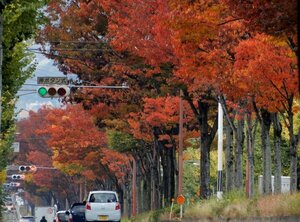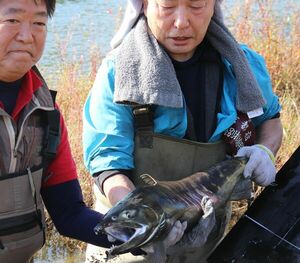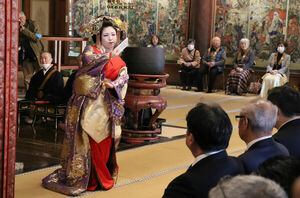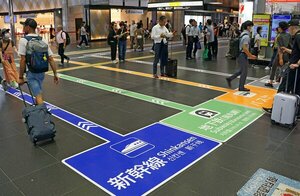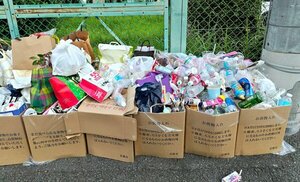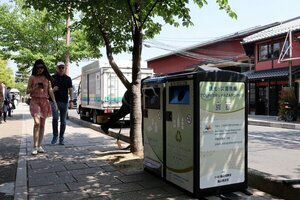A dye factory in Ichijoji, Sakyo Ward, Kyoto City, is working on commercializing shirts, parasols, and other items that take advantage of the optical illusion, in which patterns appear to move due to optical illusions. Using a hand-printing (silk-screening) technique in which colored paste is placed on a mold and rubbed with a spatula, it is meticulously dyed to reproduce a mysterious optical illusion effect. As mechanization progresses in the industry, he aims to use optical illusions as a weapon to disseminate advanced techniques.
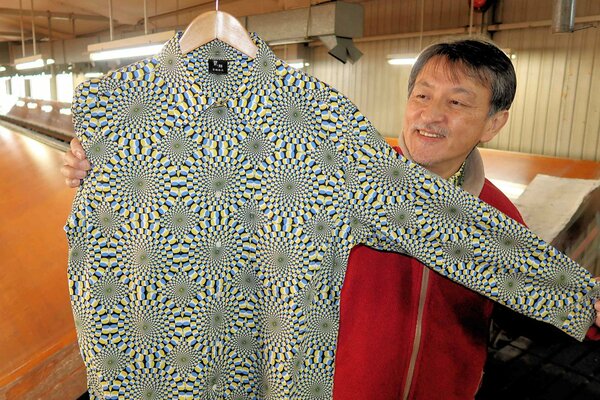
Katsuichi Washino (59 years old) is the third generation president of Washino Dye Factory. Rather than using machines that can handle mass production, the company has focused on manual labor, believing that it can produce richer, richer colors, and has specialized in dyeing materials such as Western umbrella fabric. Meanwhile, as price competition intensified, the company had been looking for years to develop its own products instead of just contracting them out.
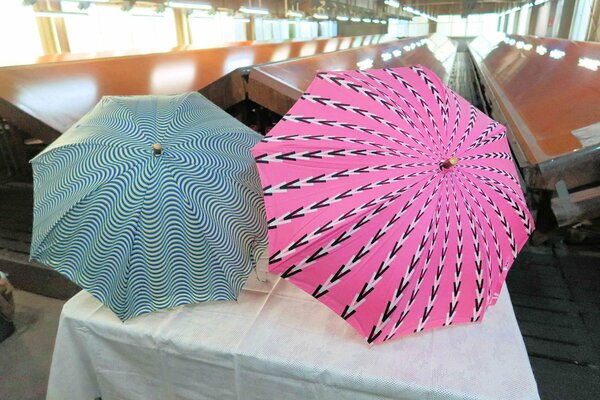
During this time, I met Akiyoshi Kitaoka, a professor at Ritsumeikan University, who is a leading expert on optical illusion research. A series of circles began to spin, and an arrow rose and began to move. I appealed to Professor Kitaoka, who devises various optical illusion figures, about the current state of hand-printing, where the number of craftsmen continues to decline, and he agreed to use it as a design.
However, unlike paper, dyeing fabric with optical illusion shapes that appear to move was difficult. Through repeated trial and error, he discovered that the color he was particular about was the element that influenced the effectiveness of optical illusions. In 2017, the company released its first umbrella, a double umbrella with optical illusion patterns on both the front and back.
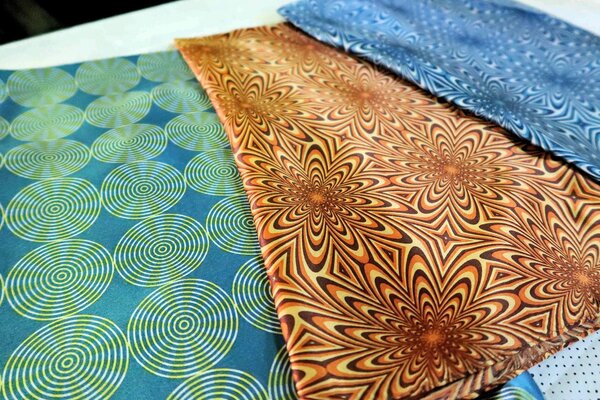
After that, scarves and other items were also released. Last year, through an encounter with a sewing craftsman in Kyoto, the company succeeded in commercializing a shirt that is difficult to sew to match patterns.
''Actually, machines are better suited for optical illusion patterns that require precise dyeing from corner to corner,'' says Washino. However, he emphasized the significance of hand-printing, saying, ''We can use an optical illusion to show that we have the technology to dye the top, bottom, left, and right sides so uniformly by human hands.'' I hope they find the technology,'' he says of his hopes.
While he sells his products at department stores, he is also considering products aimed at wealthy foreigners who appreciate craftsmanship. "Professor Kitaoka's designs will remain for future generations. I want to evolve them into products that people will never get tired of, just like a good song or Mt. Fuji," he said.
The product is also available for sale on the internet site "Creema". The company's number is 075 (721) 5611.

